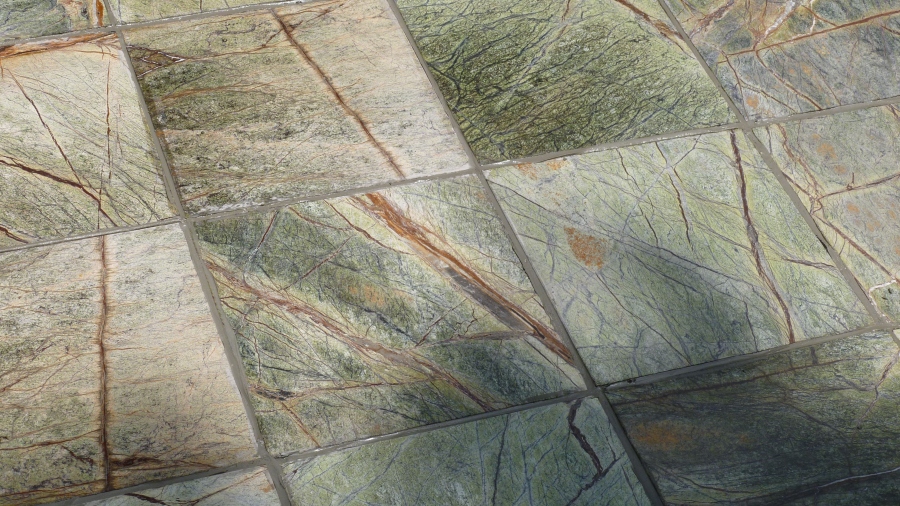Tiles which is used in building constructions are thin plates or elements that cover surfaces such as roofs, floors and walls. The tiles in the current scene are the main elements that bring decoration and aesthetics inside and outside the building. They mainly consist of clay materials or inorganic raw materials in any form.
Today ceramic tiles are also made from recycled materials, making the element more environmentally friendly. The contour of the tiles is found by many approaches such as extrusion or persistent at room temperature or another technique. Let dry after molding. These dry components can ignite. This stage of the inclusion is designed to ensure that they receive the performance they need in the market and in architectural applications.
Builders Merchants install different types of bricks in building construction, which are glazed or unglazed forms. They are inherently non-flammable. The tiles are not affected by light. Each type of floor has its own appearances, structures and benefits. Choosing the right tiles depends on the size, budget, appearance and specifications of the project.
The main advantages of tiles are as follows:
- High cost performance
- Strong and robust
- Waterproof
- Environmentally friendly
- Different styles and colors
- Easy to clean
Types of Tiles:
Depending on the best tile type and category, tiles can be used in different parts of the building:
- Floor titles
- Wall tiles
- Ceiling Tiles
- Drainage bricks
- Roof tiles
Floor title
As the name suggests, builders merchants use floor tiles to build floors. These tiles are usually square or rectangular, but there are many other shapes on the market today. These tiles are flat tiles. Floor tiles come in many sizes, but the thickness is between 12 mm and 50 mm. Floor tiles should be hard enough to withstand the wear and tear caused by the load. These should burn well and be free of pebbles, gravel and other harmful substances.
Wall tiles
The tiles used to attach to the wall of the building are called (best tiles) wall tiles. They are almost the same as the floor tiles, but also have a low compressive strength and are available in a variety of colors, sizes and shapes. They are very decorative and can also be used in places with a high probability of moisture.
Ceiling tiles
The bricks attached to the inside of the roof, namely the ceiling, are called ceiling tiles. If you need specialists for ceramic tiles, use them for the ceiling tiles of buildings. The ceiling offers architectural views.
Drainage bricks
The tiles used for drainage are called drain tiles. The shape of the tiles can be circular, semicircular or segmented. They are commonly used to irrigate drainage ditches, domestic drainage ditches, or to drain rainwater outside the city. Such drainage trenches are rarely used nowadays, and there are now glass drainage pipes for this purpose on the market.
Roof tiles
Roof tiles are used to cover buildings. They are mainly used for sloping roofs. Corrugated cardboard is an ideal replacement for ordinary galvanized iron, corrugated cardboard and wood. The roof tiles used should be tight, easy to handle and hard enough. Attaching these tiles should be easy and durable.
Flat brick
A flat tile is a rectangular tile with no deformation or cracks. The size and shape of the tiles should be consistent. Two or more holes were drilled in these types of tiles. These holes help secure the tiles to the slats. Make sure there is adequate overlap on the sides and edges while tiling. The compressive strength of the tile should be higher than 75 kg / cm2 and the water absorption rate should be lower than 20%.
Corrugated paper
The manufacture and placement of corrugated cardboard is similar to flat tiles, but corrugated cardboard has corrugations. Placing these tiles on the roof creates a wave or two. The fringe circle is also there. After insertion, they look like galvanized corrugated iron. The drainage of these tiles is very good and the view is good too. These tiles are not suitable for areas with frequent winds.
Pot of brick
Bricks and tiles are semicircular hollow bricks with tapering dimensions in the longitudinal direction. The length of these tiles varies between 15 cm and 25 cm. Place them so that their concave and convex surfaces alternate upwards so that they can lock themselves. These tiles are also called locked tiles. These are ordinary stones with high absorption values. For this reason, these tiles tend to crack and are more cracked and worn. With this type of roof tile, drainage is quick. They are not that durable.

